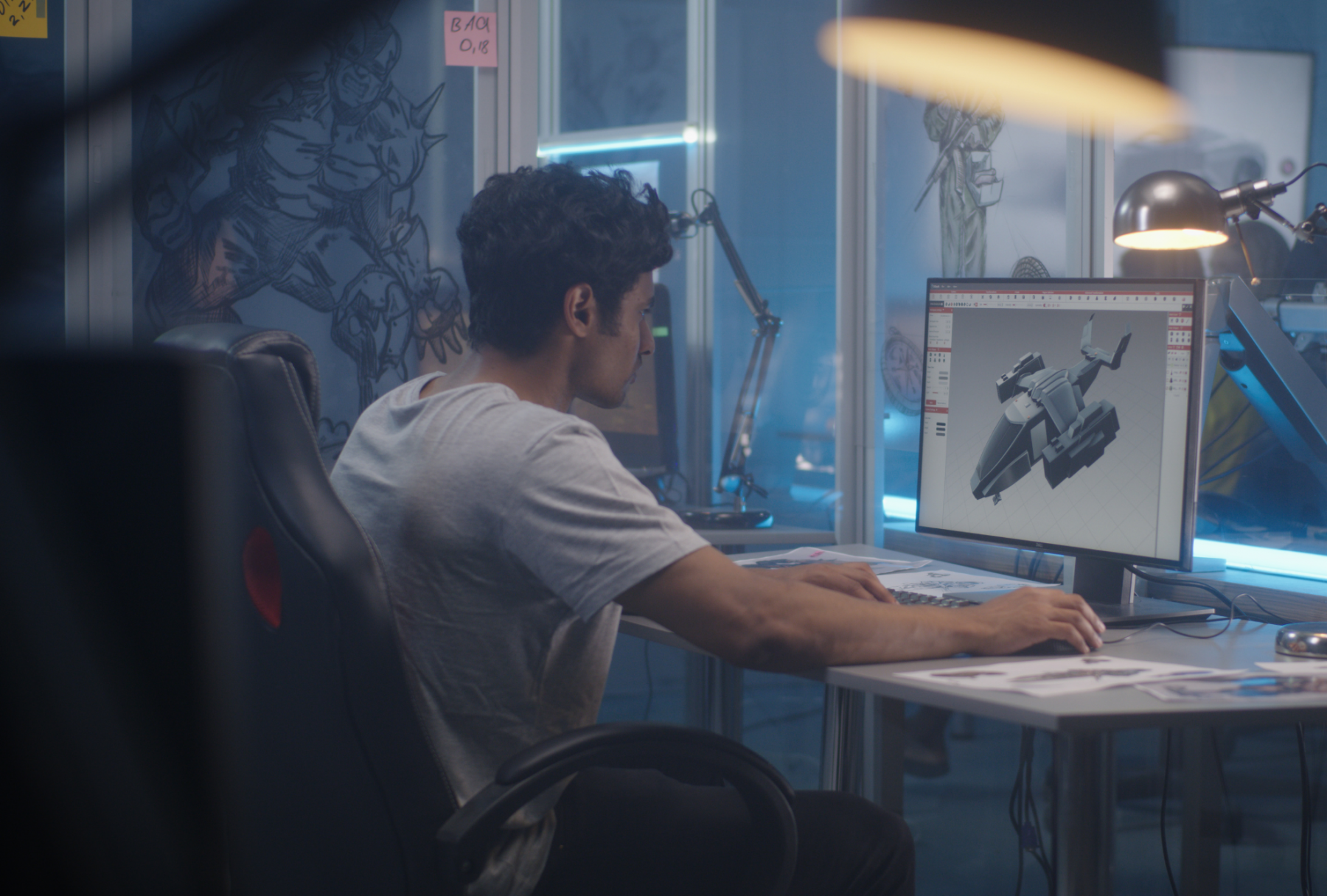The foundations and subtleties of the art of game design
Share

The art of game design is a field that brings together a multitude of skills and know-how. It is an area that combines creativity, technology, psychology and storytelling, in order to generate captivating interactive experiences. Game design is not limited to video game design; it also includes board games, role-playing games and other forms of conversational games. This article explores the various facets ofart of game design, highlighting its influence, its essential principles, and the challenges facing game designers are measured.
The importance of game design
Game design is crucial because it determines the overall experience of a player. Good design can transform a basic concept into a immersive experience and famous. Conversely, even the most advanced graphics and cutting-edge technology cannot compensate for imperfect game design. Design influences how players experience the game, engages their interest, and motivates them to continue playing, which is why you need to find a good design school.
Fundamentals of game design
- Game rules and mechanics : The rules are the heart of a game, defining what is possible or impossible. Game mechanics are the actions that players can practice. Overall, they bring together the basic structure on which the game is designed.
- Objectives and challenges : Games require specific objectives to direct players. Challenges, whether in the form of puzzles, battles, or other obstacles, prolong the competitors' interest and give them a sense of accomplishment when they overcome them.
- Narration : The narration in games is not just stopped at the story or the scenario. It also surrounds the way in which the game popularizes its world, its characters and its conflicts to players, creating an immersive experience.
- Aesthetic : The aesthetics of a game affect its visual and sound aspect, which must not only be attractive, but also rational with the atmosphere and theme of the game.
Feedback and rewards : Feedback is fundamental to help players understand the consequences of their actions, while rewards encourage them to continue their efforts.
The game design process
The game design process usually begins with a thought or a concept. Game designers then conceptualize a prototype, which allows them to consult and iterate on game mechanics. This prototyping phase is decisive, since it allows problems to be identified and mitigated before the game is fully developed. As in all design professions, game design requires a lot of creativity.
- A balancing : One of the main issues in game design is to create a balance between the different elements of the game, which confirms a game is fair, fun and engaging.
- Innovation : With a clogged gaming market, innovation is key to standing out. This may involve new game mechanics, unique narratives, or original gaming experiences.
- Accessibility : Designing games that are accessible to a wide range of players, including those with disabilities, is a notable but fundamental challenge to making gaming more inclusive.
- Meet player expectations : Game designers must also take into account the expectations and preferences of their target audience, which always changes from one game to another.
Finally, the art of game design is a broad and dynamic field that requires a lot of simultaneous creative and technical skills. It plays a determining role in the game creation that engage, entertain and challenge players. As an art, it continues to progress, driven by the constant innovation and passion of game designers around the world.

